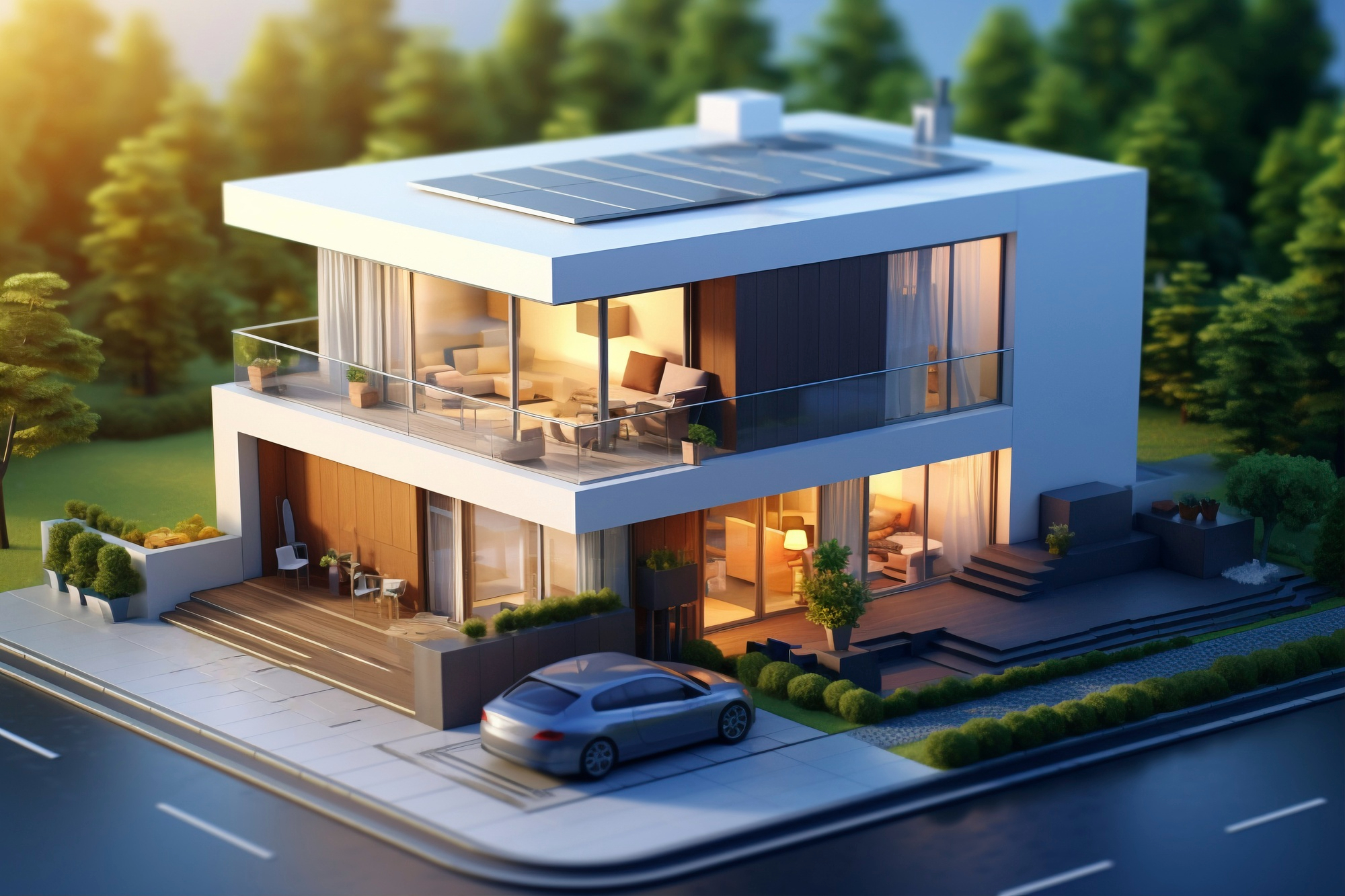Author: Rinnovabili.it
La crisi idrica colpisce in modo particolare il settore dell’agricoltura. Senza acqua non ci può essere agricoltura, e senza agricoltura non c’è cibo. Dalla disponibilità di acqua dipende la sicurezza alimentare globale. I piccoli invasi possono essere un valido aiuto nei periodi di siccità
 Foto di Steve Buissinne da Pixabay
Foto di Steve Buissinne da Pixabay
La crisi idrica colpisce l’agricoltura
Crisi idrica, ovvero scarsità di acqua. Una carenza che si sperimenta con sempre maggiore frequenza anche alle nostre latitudini.
L’acqua è un bene prezioso sempre più raro ma assolutamente indispensabile per la vita dell’uomo e per la salute dell’ecosistema.
Alcuni settori produttivi risentono in modo particolare di una crisi idrica. Il settore che forse più di tutti è esposto alle conseguenze di una crisi idrica è l’agricoltura. Nonostante le grandi innovazioni che ormai caratterizzano l’agricoltura, come ad esempio l’agricoltura verticale, rimane innegabile un fatto: senza acqua non ci può essere agricoltura, e senza agricoltura non c’è cibo.
Pertanto, la disponibilità di acqua rappresenta un elemento indispensabile per la sicurezza alimentare globale.
Leggi anche Poca neve, niente piogge: l’inverno secco suona l’allarme per la siccità in Italia
Domande ancora senza risposta
Ricerca, innovazione e tecnologia sono aiuti preziosi per trovare soluzioni efficaci alla crisi idrica.
Molte sono le domande ancora in attesa di risposta: qual è l’utilità del telerilevamento? L’erosione idrica dovuta all’agricoltura incide sulla disponibilità d’acqua degli invasi? Le sostanze chimiche usate in agricoltura vengono immagazzinate dagli invasi? I piccoli invasi aumentano la resilienza delle aree rurali alla crisi climatica? Qual è il loro impatto sui servici ecosistemici?
Il progetto SIGHTING, lanciato da Università di Perugia, Università Niccolò Cusano e CNR-IRSA (Istituto di ricerca sulle acque) vuole rispondere a queste domande con la ricerca, l’innovazione e la tecnologia.
Finanziato da Unione Europea-Next Generation EU e cofinanziato da Università di Perugia, UniCusano e CNR, è rivolto espressamente al mondo dell’agricoltura per aiutarlo ad affrontare il problema della crisi idrica grazie alla realizzazione di strategie e tecnologie innovative.
Leggi anche La siccità nel Mediterraneo e l’impatto su agricoltura, ecosistemi e produzione di energia
I piccoli invasi come supporto in caso di crisi idrica
In particolare, SIGHTING studia i piccoli invasi collinari (Small Reservoirs – SRs) come soluzioni resilienti a supporto della gestione della risorsa idrica in ambito irriguo alla luce dei cambiamenti climatici.
Gli SRs offrono l’opportunità di affrontare la crisi idrica mettendo a disposizione riserve di acqua per uso irriguo nei periodi siccitosi: SIGHTING li studia in funzione della sostenibilità in agricoltura e dell’uso appropriato del suolo.
Tuttavia, non esistono dati certi sulle caratteristiche costruttive idrologiche, fisico-chimiche e socio-economiche dei piccoli invasi.
Gli obiettivi del progetto SIGHTING
- Analisi della disponibilità d’acqua: censimento e studio dei laghetti di raccolta delle acque del loro potenziale contributo alla mitigazione degli effetti della crisi idrica sull agricoltura anche in aree vulnerabili e marginali.
- Resilienza ai cambiamenti climatici: definizione di indicatori per quantificare il potenziamento della resilienza delle risorse rurali e idriche al cambiamento climatico, e analisi della qualità dell’acqua e dei sedimenti.
- Servizi eco-sistemici: sviluppo di un tool di supporto decisionale multi-criterio per valutare l’offerta di servizi ecosistemici dei laghetti collinari basato sugli indici.
- Tecnologie avanzate: utilizzo di tecnologie di modellazione avanzata e di dati satellitari per l’individuazione dei laghetti e per la loro caratterizzazione in termini di volumi immagazzinati e di qualità delle acque.
- Sviluppo di soluzioni sostenibili: ricerca e valutazione di soluzioni per la gestione sostenibile dei laghetti, comprese pratiche di gestione dei sedimenti e di programmazione delle azioni di manutenzione.
- Formazione e sensibilizzazione: promozione di programmi educativi e campagne di sensibilizzazione per agricoltori e comunità locali sulla gestione sostenibile delle risorse idriche.






